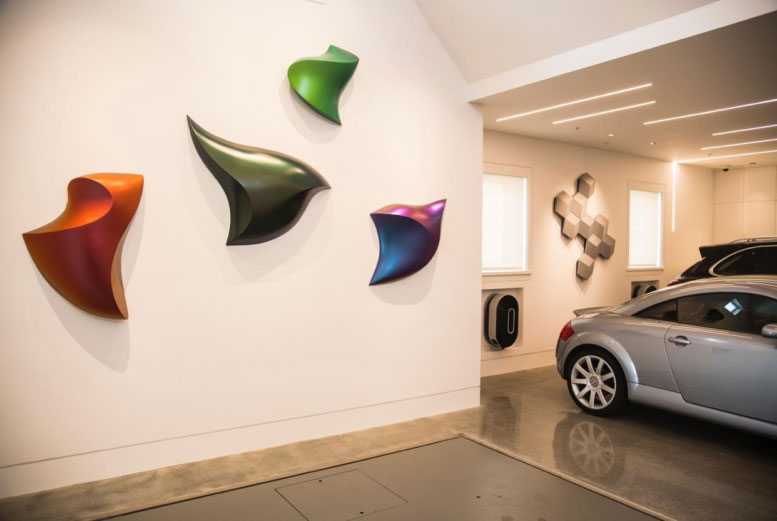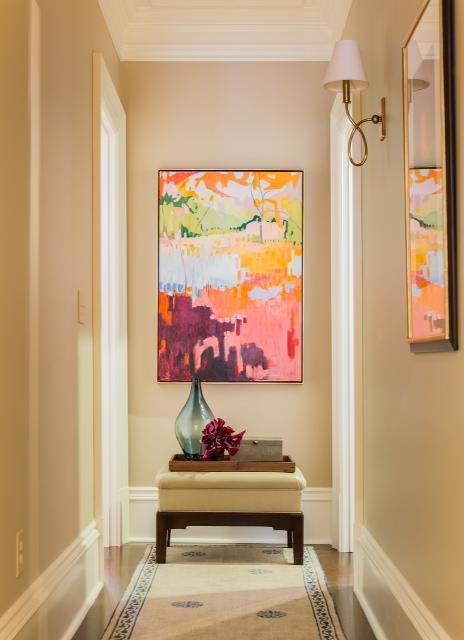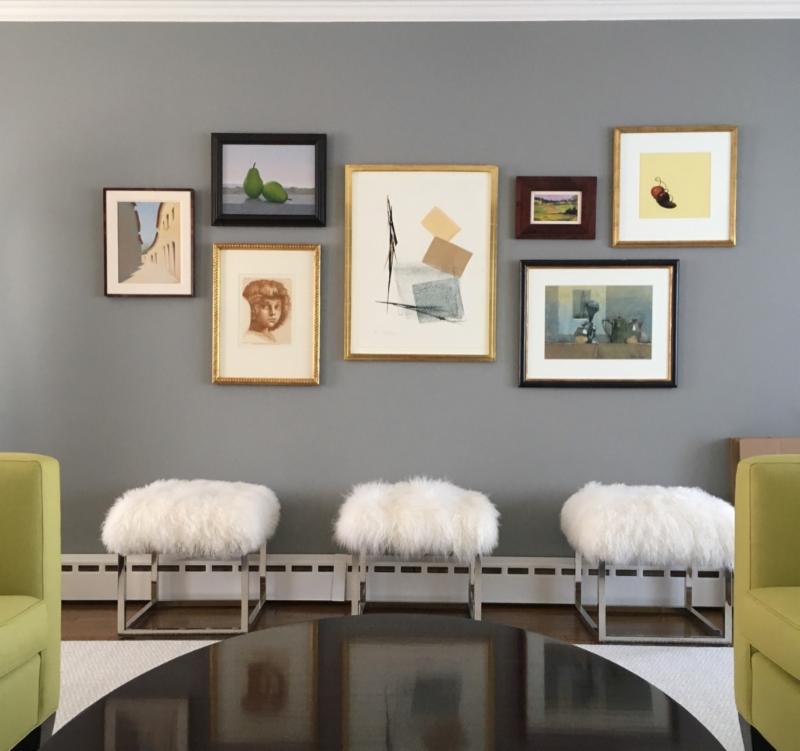You don’t need to be a Renaissance Medici to custom commission art, but you do need to ask yourself and the artist a few important questions.
The most successful commissions are done by artists who enjoy a lot of direction, for art buyers who don’t wish to micro manage every detail.
Do you feel comfortable establishing some firm expectations and then letting the artist create, yielding to the artistic process? Be aware some artists thrive with a lot of patron input; others wither and feel constrained. Have an honest conversation with any prospective commission artist, and ask them where they fall on this spectrum.
Insider Tip: If you determine custom work is not for you, some artists are willing to keep your preferences in mind when they create, without a commitment from you. In essence they will do a gently guided ‘soft commission’, and grant you right of first refusal upon completion. It’s worth asking.
But if you’re excited for the rich experience of commissioning art made just for you, here are tips and rules of the road to insure a happy outcome:

Commissioning site specific art is an exciting bespoke experience, but requires a high level of communication and trust between artist and collector.

Studio visits, color samples, and lots of conversation preceded this commission for a car loving client who found a kindred spirit in sculptor Bill Thompson.

Artists like Lisa Houck are inspired by client input. This commission began with the client’s suggestion of a Morning/Noon/Night theme for their master bedroom, and includes a cameo appearance of their beloved cockapoo.
Ready to take the plunge?
- Create a written contract between you and the artist, stipulating materials, size, due date, the price and the deposit amount and terms of the final payment upon completion of the art. Buyer beware: most commission deposits are 50% of the cost of the art, and non-refundable.
- If feasible include the creation of a model or drawing, for a small fee, at the onset. Some artists will apply the model fee to the price of the art if you go ahead. The artist will keep the model fee should you decline the commission. This is a crucial step, and helps to make sure everyone is on the same page.
- Expect a wait of 8 to 10 weeks for a standard commission, or months to years for major installations.
- Do not ask for any changes outside the original terms of the commission.
- Do ask the artist if you can see the work in progress at the half way point. If there has been a misunderstanding about expectations, they can sometimes be caught and corrected at this juncture.










